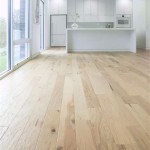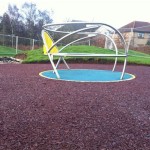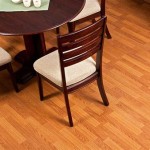Durable Bamboo Flooring: Essential Aspects
Bamboo flooring has gained significant popularity as an environmentally sustainable and aesthetically pleasing flooring option. Its durability and resilience make it an excellent choice for both residential and commercial spaces. Here are some essential aspects of durable bamboo flooring:
Density and Hardness
The density and hardness of bamboo flooring determine its durability and resistance to wear and tear. Higher-density flooring is more resistant to scratches, dents, and impacts. Look for bamboo flooring with a Janka hardness rating of at least 1200, indicating its resistance to surface damage.
Construction
Bamboo flooring is typically constructed using either horizontal or vertical layering techniques. Horizontal flooring has bamboo stalks oriented parallel to the floor, while vertical flooring has stalks oriented perpendicularly. Vertical flooring is generally considered more durable as it provides greater stability and reduces the risk of splintering.
Finishing
The finishing applied to bamboo flooring significantly affects its durability and appearance. Look for flooring with a durable finish, such as polyurethane or aluminum oxide, that provides protection against stains, scratches, and fading. High-gloss finishes offer a more formal look, while satin or matte finishes create a more natural and subtle appearance.
Moisture Resistance
Bamboo flooring is naturally resistant to moisture, but it's crucial to choose flooring with additional moisture protection for areas with high humidity or potential water exposure. Engineered bamboo flooring, which involves layers of bamboo treated with adhesives, provides enhanced moisture resistance compared to solid bamboo flooring.
Scratch Resistance
Scratch resistance is a key factor to consider when choosing durable bamboo flooring. Look for flooring with a high Aluminum Oxide (AO) coating. This coating acts as a protective barrier, preventing scratches from everyday wear and tear, ensuring the floor's beauty for years to come.
Installation and Care
Proper installation and maintenance are essential for maximizing the durability of bamboo flooring. Ensure the subfloor is level and dry before installing the bamboo flooring. Use a flooring underlayment to provide additional sound absorption and cushioning. Regular cleaning with a damp mop or dry microfiber cloth is sufficient for maintenance. Avoid harsh chemicals or abrasive cleaners.
By considering these essential aspects, you can choose durable bamboo flooring that meets your specific needs and preferences. Its strength, resilience, and sustainable nature make it an excellent long-lasting flooring option for various spaces.

Bamboo Flooring Pros And Cons Forbes Home

Bamboo Flooring Durability Hardness Density

Pros And Cons Of Bamboo Flooring

Solid Non Toxic Durable Affordable Bamboo Flooring Green Building Supply

Eco Friendly Bamboo Flooring A Sustainable Choice

How Much Does Bamboo Flooring Cost Modernize

Pros Cons Of Bamboo Flooring Claude Browns

Home Decorators Collection Horizontal Toast 5 8 In T X W 38 59 L Solid Bamboo Flooring 24 12 Sqft Case Hl615s The Depot

Durable Carbonized Horizontal Bamboo Flooring Whole Natural Nordic Strand Woven China Floor Tiles Made In Com

Modern Durable Eco Forest Indoor Engineered Bamboo Flooring For Decoration China Made In Com
Related Posts








